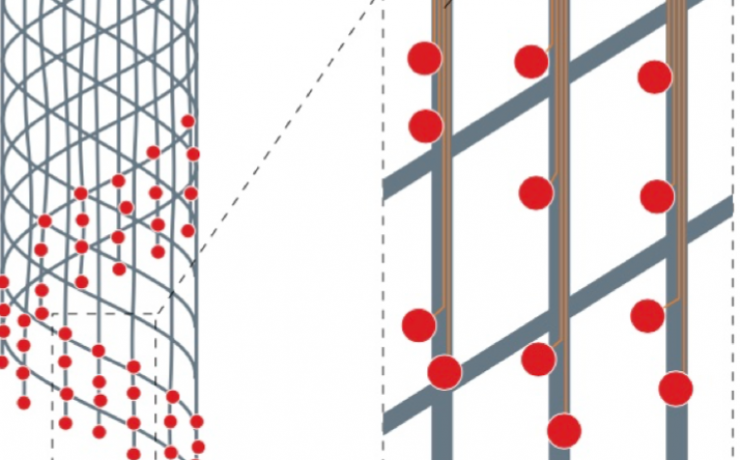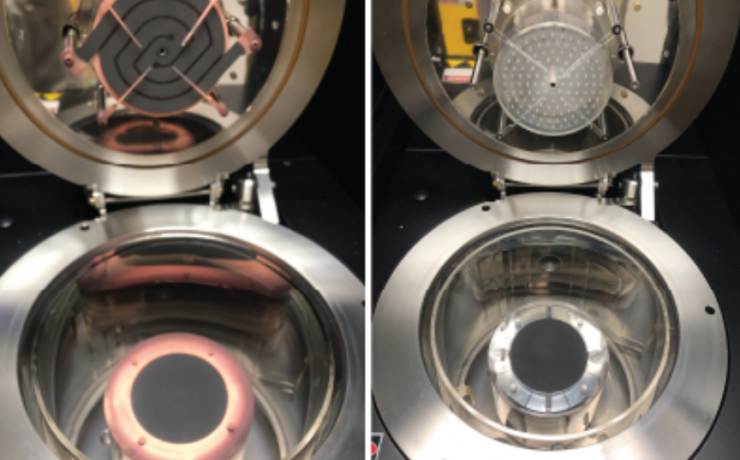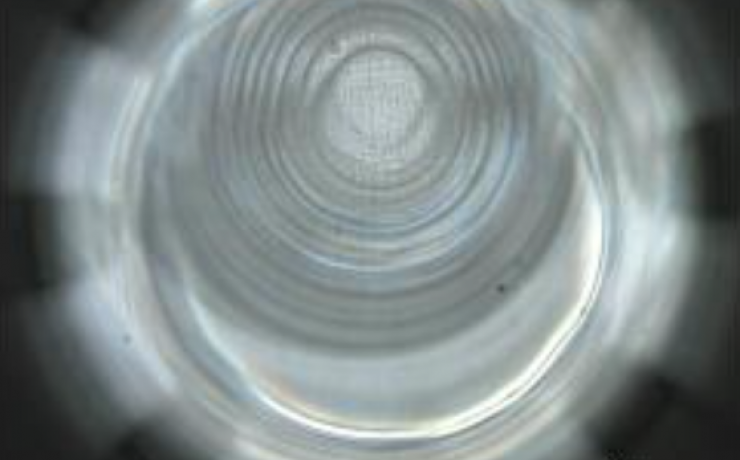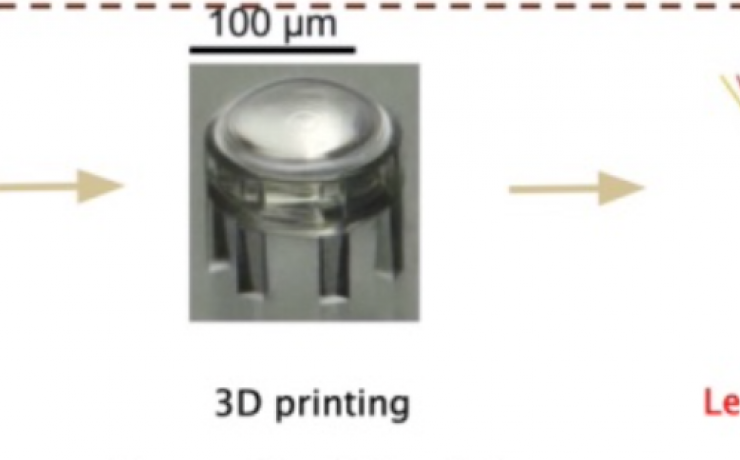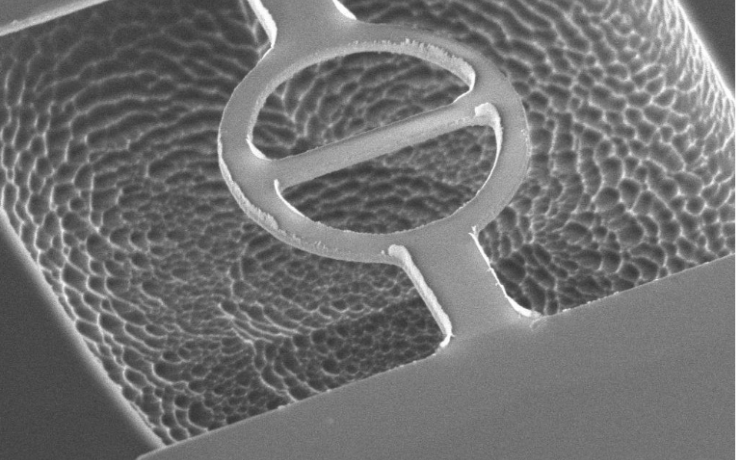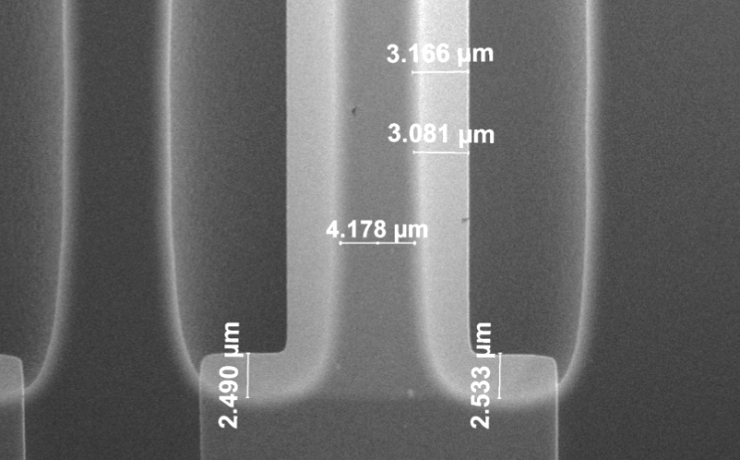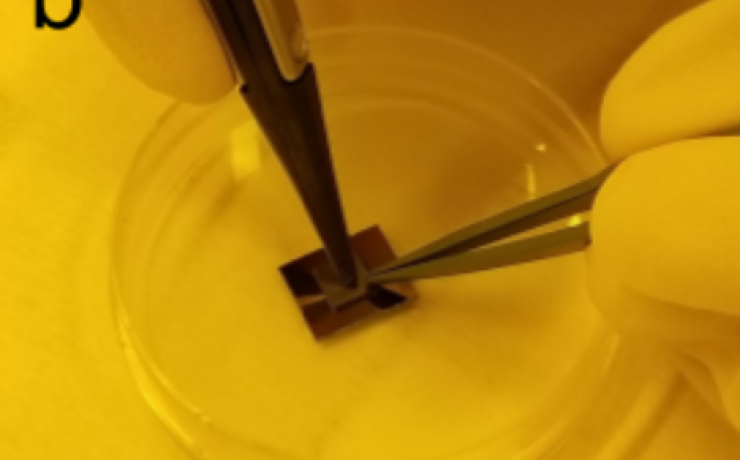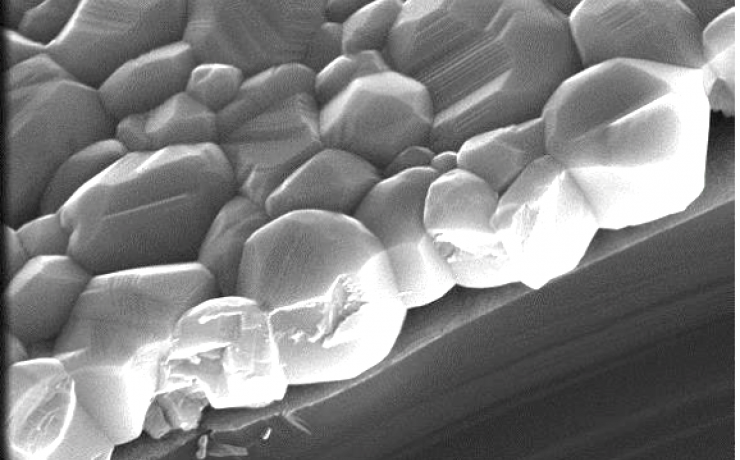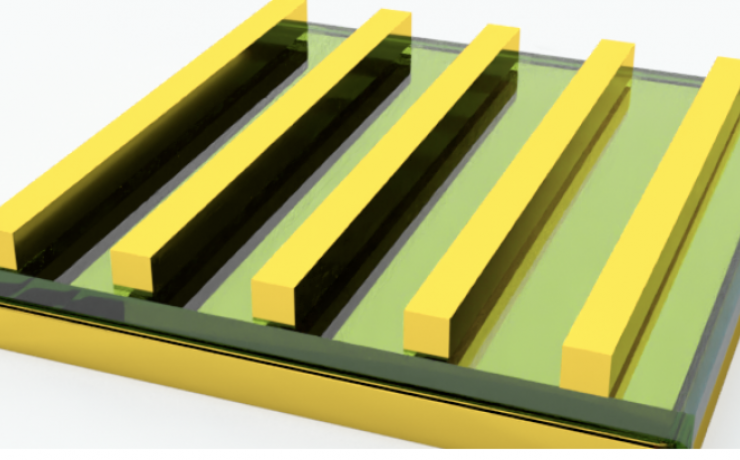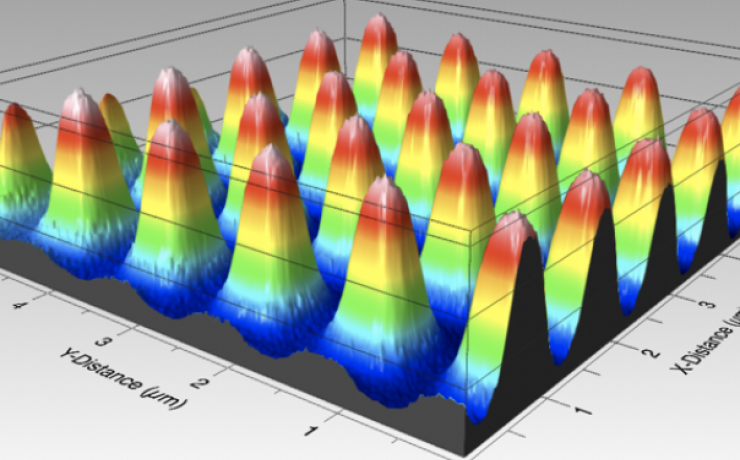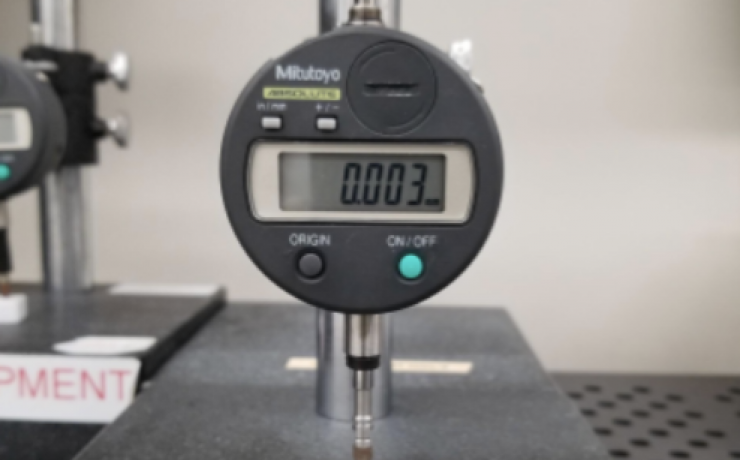Nano Nuggets
We have started collecting "Nano Nuggets"- useful bits of information about different processing methods that should be extremely helpful either in getting started or avoiding pitfalls along the way. Some of them are parts of more detailed project reports, so if you want more info about a nugget, the report should be linked. Check them out!
-
SOP- Fabrication of a bilayer with poly(N-isopropylacrylamide-co-acrylic acid) (pNIPAm-AAc) hydrogel and SU-8 photoresists
A step-by-step procedure for biolayer fabrication is documented. The process is undergoing refinement but this is a good start!
-
SOP- Cleaning the Aixtron BM
A step-by-step procedure for cleaning the Aixtron BM in the SNF is documented.
-
Tips and tricks for the Nanoscribe printing
Practical advice documented by our E241 students about how to solve commonly encountered issues while using the nanoscribe.
-
SOP- Printing Microlenses
The steps involved in printing a microlens with the nanoscribe are documented for your reference.
-
SOP- Released Structures with the PT-DSE
In this SOP we present a release process that was tested for structures made of aluminum and lithium niobate that are partially masked by SPR-3612, but the process should be applicable to other materials/photoresist, provided they are not etched by SF6.
-
Determining etch rates with partially released structures
One can accurately determine horizontal etch rates by looking at unreleased structures with an overhead SEM. However, this will only work with materials that one can see through with the SEM, such as thin film aluminum and similar materials with low atomic number.
-
Direct Bonding Chips with Tweezers
When bonding plasma activated surfaces together, it is important to apply a sufficient amount of force to the chips when pressing them together to properly initiate the bond. Pressing with tweezers is an easy and effective, as well as tricky way to do this. Check out the tips and tricks!
-
SOP- Cuprite Growth
The SOP with details for Cuprite growth is documented here.
-
SOP- Gold-PDMS adhesion enhancement
Adhesion between metals and polymers are rarely explored. For each type of polymer and metal combination, a customized adhesion method needs to be established- here is a case study for PDMS and Gold adhesion.
-
SOP- Sub-micron metal patterning on polymer substrates using nitride nanostencil
A process flow of resist-free nanostencil lithography technique that allows sub-micron metal patterningon a polymer substrate is established.
-
Measuring etch rates with the drop gauge
The drop gauge is a simple to use, tabletop vertical displacement measuring device in SNF. It has micron level resolution and can be used to characterize micron to millimeter scale etch rates.
-
SOP for plasma activated direct bonding with the Flipchip tool
Plasma activation allows the chips to be bonded together without an adhesive layer.
-
Bonding pieces of Si and LiNb with tweezers Video
Our E241 students demonstrate their technique for bonding pieces of Si and LiNb with tweezers.
Pages
Last modified: 28 Apr 2022


